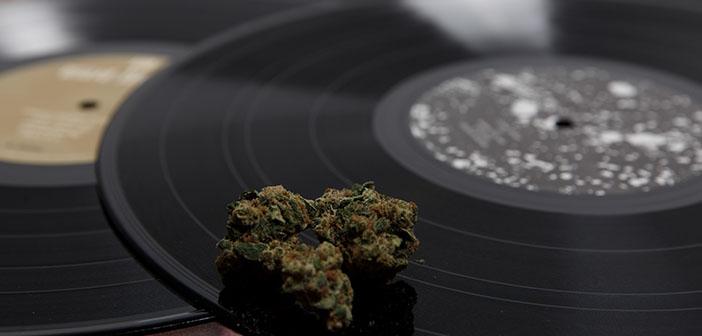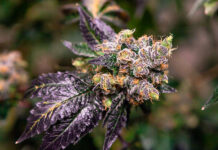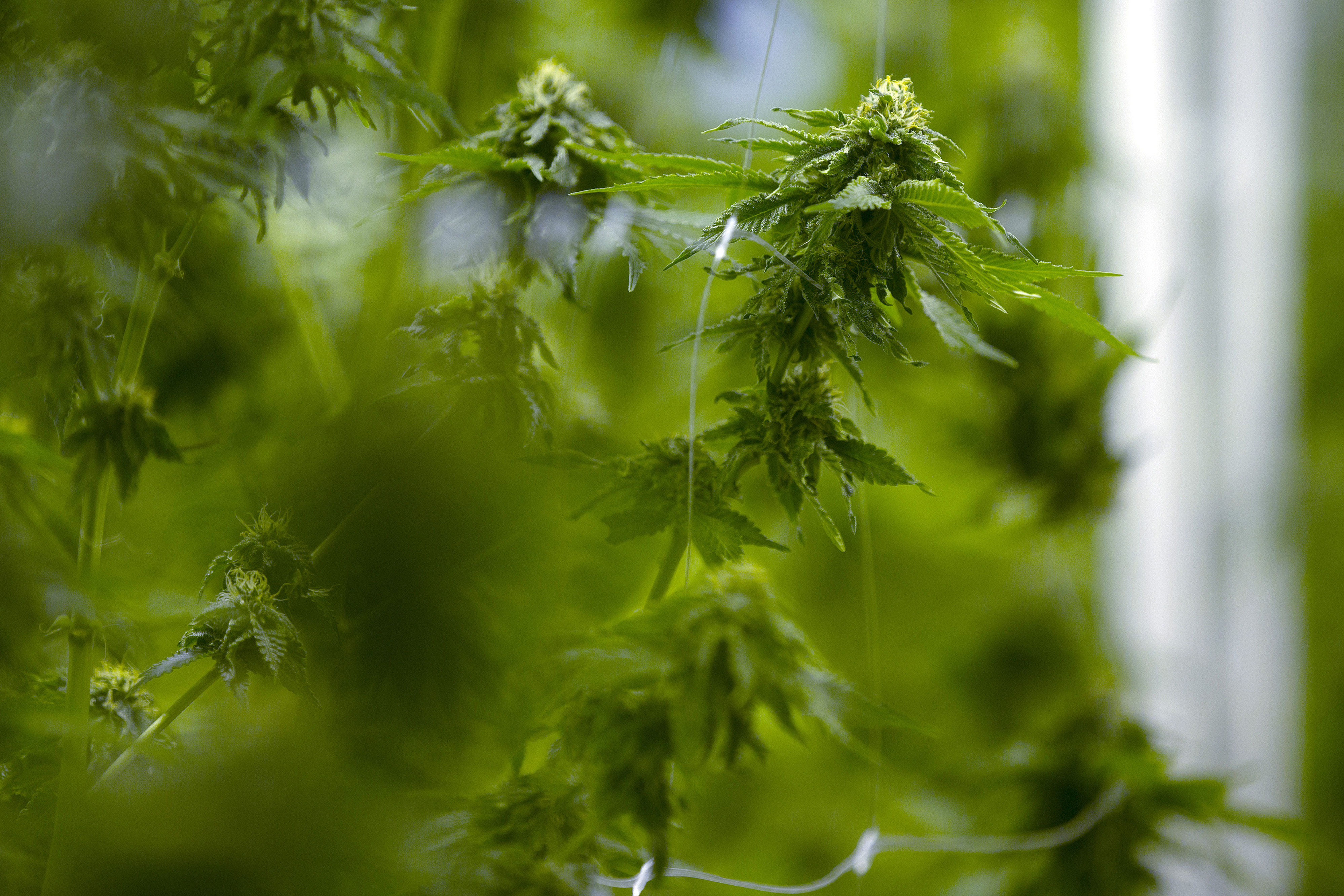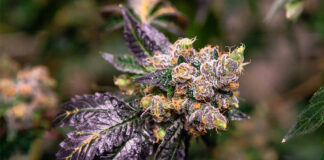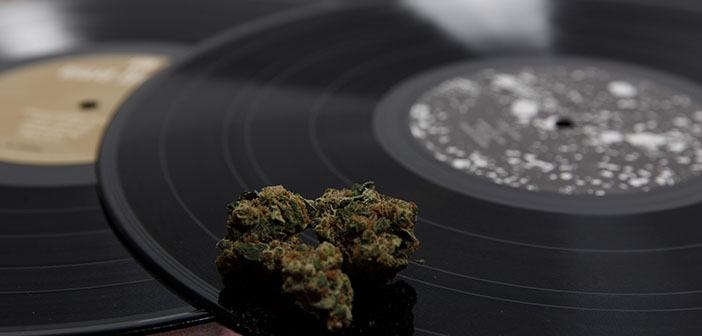
The story so far: Racism lies at the heart of all marijuana prohibition. The man most responsible for making marijuana illegal, former prohibition cop Harry Anslinger, assumed office as America’s first commissioner of narcotics in 1930. At the time, he oversaw a patchwork of state-by-state regulations, a small staff, a minimal budget and equally minimal mandate. Anslinger’s assigned mission, as he began, was interdiction of opium and cocaine smuggling. Marijuana regulation played no part in it. But then — something changed.
The first crisis in Harry Anslinger’s tenure as first-ever commissioner of the Federal Bureau of Narcotics erupted in 1931, a mere nine months after he started, “when three federal agents of the local New York narcotics bureau were arrested as conspirators in an attempt to bribe a federal official,” according to Anslinger’s biographer, John C. McWilliams, writing in “The Protectors,” his painstakingly researched history of Anslinger and the Federal Bureau of Narcotics. Corruption, McWilliams noted, would not be a stranger: “Throughout Anslinger’s career and after his retirement, scandals involving corrupt agents frequently rocked the bureau.”
In that corrupt environment, Anslinger turned his attention to his bureau’s assigned mission: interdiction. In author Larry Sloman’s authoritative history of marijuana, “Reefer Madness,” he wrote Anslinger had wanted to bring marijuana under his tight control, but many medical professionals objected and communicated their objections strenuously. Having bigger problems on his hands such as corruption and the drugs already under his control, Anslinger backed away from pursuing marijuana prohibition.
Meanwhile, marijuana was finding its way into American culture. Most marijuana historians agree that once marijuana landed in New Orleans, its place in American culture was fixed. The lyrics to a 1930s jazz song were just one clue that hinted at the marriage of jazz and marijuana.
“Dreamed about a reefer five feet long.
Mighty Mezz, but not too strong.
You’ll be high but not for long
If you’re a viper.
I’m the king of everything.
I’ve got to be high before I can swing.
Light a tea and let it be
If you’re a viper.”
– “If You’re A Viper” (originally ‘You’se A Viper’), Stuff Smith
In “Cannabis: A History,” author Martin Booth described how “Itinerant musicians attached to circuses, medicine shows, and saloons, or working the Mississippi paddle-steamers had frequently used drugs for the same reasons slaves and labourers had: to keep them going in a hard life. Most had used opiates or cocaine but, as these became increasingly hard to obtain, they switched to marijuana.”
In New Orleans, marijuana found a happy home among the musicians who were in the midst of creating that most American of musical forms: jazz. As one jazz musician put it in his autobiography, “Really The Blues,” when he played with marijuana in him, “I began to hear my saxophone as though it were inside my head… Then I began to feel the vibrations of the reed much more pronounced against my lip … I found I was slurring much better and putting just the right feeling into my phrases….” That musician, Mezz Mezzrow, became a legend in the jazz world, not so much for how he played — he was well-respected — but for his advocacy of marijuana.
In New Orleans, marijuana created circumstances that other drugs, chiefly opiates and cocaine, had not. Booth pointed out that “… Jazz musicians, who were mostly black and played in the brothels or saloons, avoided alcohol because it dulled the senses and opiates because they sent the taker to sleep. Marijuana, on the other hand, with which they were familiar, kept them alert and fought off exhaustion. It also enhanced their musical creativity.” Louis “Satchmo” Armstrong, one of the best-known jazz musicians — and a known marijuana user and aficionado — put it this way: “It makes you feel a special kind of kinship.”
That “kinship” horrified several people in New Orleans.
An earlier reaction to musicians, prostitutes, drug addicts, and their environment had led the city’s authorities to close in 1917 New Orleans’ fabled red-light district, Storyville. As the Great Depression gripped the nation a decade later, a man named Dr. A. E. Fossier decided that marijuana was the cause of a rise in crime in New Orleans. Fossier was “a bigot and a racist,” Booth said. In “The Marihuana Menace,” an article Fossier contributed in 1931 to the New Orleans Medical and Surgical Journal, he wrote: “The dominant race and most enlightened countries are alcoholic, whilst the races and nations addicted to hemp and opium, some of which once attained to heights of culture and civilization have deteriorated both mentally and physically.” Those deteriorated qualities, Fossier squawked, were causing crime.
New Orleans’ rise in crime, Booth pointed out, was far more likely being caused by the effects of Prohibition on the city. Nonetheless, New Orleans listened to Fossier. In the crackdown that followed, marijuana-inspired musicians went on an exodus up the Mississippi River that took them to the places the Storyville musicians had gone: Memphis, Kansas City, Chicago. They spread from there. By 1930, as Anslinger settled in to his job, Booth wrote that marijuana had spread through most major American cities.
Jazz was spreading to those places, too.
Jazz’s Marijuana Man
Milton ‘Mezz’ Mezzrow was a Jewish kid from Chicago who, Sloman put it, “got in with the “wrong” crowd early on, learned to blow some sax, and spent the rest of his seventy-three years obsessed with riffs and reefer.” Mezzrow, by his own admission, rejected white society and, per Booth, “considered himself to be black.” In fact, Booth pointed out, in 1940, when the U.S. Army draft board listed Mezzrow, they listed him as “a Negro, much to his delight.” “African Americans,” wrote Mezzrow, “were my kind of people. And I was going to learn their music and play it for the rest of my days.”
Mezzrow didn’t just play jazz, he organized sessions and recordings, and played with renowned jazz artists including Sidney Bechet, Benny Carter, Teddy Wilson and Fats Waller. From his first experience with marijuana on a bandstand in Chicago, Mezzrow was a confirmed head. As he put it in “Really the Blues”: “I began to feel very happy and sure of myself. With my loaded horn I could take on all the fist-swinging, evil things in the world and bring them together in perfect harmony, spreading peace and joy and relaxation to all the keyed-up and punchy people everywhere.”
In time, Mezzrow wasn’t just singing marijuana’s praises, he was selling it or giving it away to anyone who wanted to experience the same creative euphoria. Sloman pointed out though that Mezzrow was meticulous about his integrity — and reefer’s integrity, too: “As the reefer scene burgeoned in the early ’30s, Mezzrow turned down many offers, from organized crime and others, to expand his herbal business.” It was understood: Mezzrow had the best dope of anyone. Even “the other dealers were all customers of Mezz’s when it came to their personal stash.”
References to marijuana began to appear in song titles and lyrics, such as “Have You Met That Funny Reefer Man,” “Viper Mad” and “If You’re A Viper.” Curiosity about this new drug began to spread into the white world. So long as marijuana had stayed within the Mexican and black communities, McWilliams pointed out, Anslinger’s bureau gave it little notice. But when it began to spread into white populations, “Anslinger mobilized his narcotics force into a nationwide crusade against a drug whose properties and effects were more feared than understood.”
Harry Anslinger Had it Out for Jazz Musicians
It’s likely Anslinger knew of the marijuana stories that occasionally appeared in the nation’s newspapers. He would later use them in his gore files, the newspaper clippings and other supposed documentation of “marihuana’s” horrors that he used as ammunition in his crusade. But it may not have been the terrifying tales of marijuana’s destructive nature that most compelled Anslinger to make cannabis, of all the drugs eventually under his control, his ultimate bête noir.
Music may have been behind Anslinger’s loathing. Using Anslinger’s own words and a slew of bureau communications, Sloman described in great detail how Anslinger ordered his agents throughout the country to open and maintain criminal files on jazz and swing musicians. The names on those files are a who’s who of American jazz: Thelonious Monk, Louis Armstrong, Les Brown, Count Basie, Jimmy Dorsey, Duke Ellington, Dizzy Gillespie, Lionel Hampton and Cab Calloway. Anslinger especially hated Calloway, and wrote of him “flashing his pearly teeth.”
Anslinger didn’t quit there. He also kept files on the NBC Orchestra (many of its musicians doubled as jazz musicians), “The Milton Berle Show,” “The Jackie Gleason Show,” and even “The Kate Smith Show.”
It is possible that Anslinger’s dislike for jazz stemmed exclusively from his racism. But working on the Pennsylvania Railroad had not been Anslinger’s first career choice. Music was. According to McWilliams, while he was still a student at Pennsylvania State College, Anslinger “indulged a passion to one day become a concert pianist and earned tuition money as a substitute piano player for silent movies in a downtown theater.”
It’s possible to assume that Anslinger’s musical taste played a part in his crusade against marijuana. Or that Anslinger was driven more by what Dale Gieringer, director of California’s National Organization for the Reform of Marijuana Laws (NORML) chapter called a technocratic rationale for legislation. Whichever it was, once Anslinger committed to bringing down marijuana, he didn’t stop.
Despite Anslinger, marijuana continued to burrow into American culture. The chasm between those who’d sampled it and loved it versus those who never stopped being afraid of it grew wider. Like a man on a mission, Mezzrow insisted that marijuana wasn’t an evil at all. Under marijuana’s physical and creative influence, as Mezzrow put it, “I began to preach my millenniums on my horn, leading all the winners to glory.”
Anslinger would see “glory” differently.
Next installment: “Harry Anslinger, Part 3: The Battle Begins”


